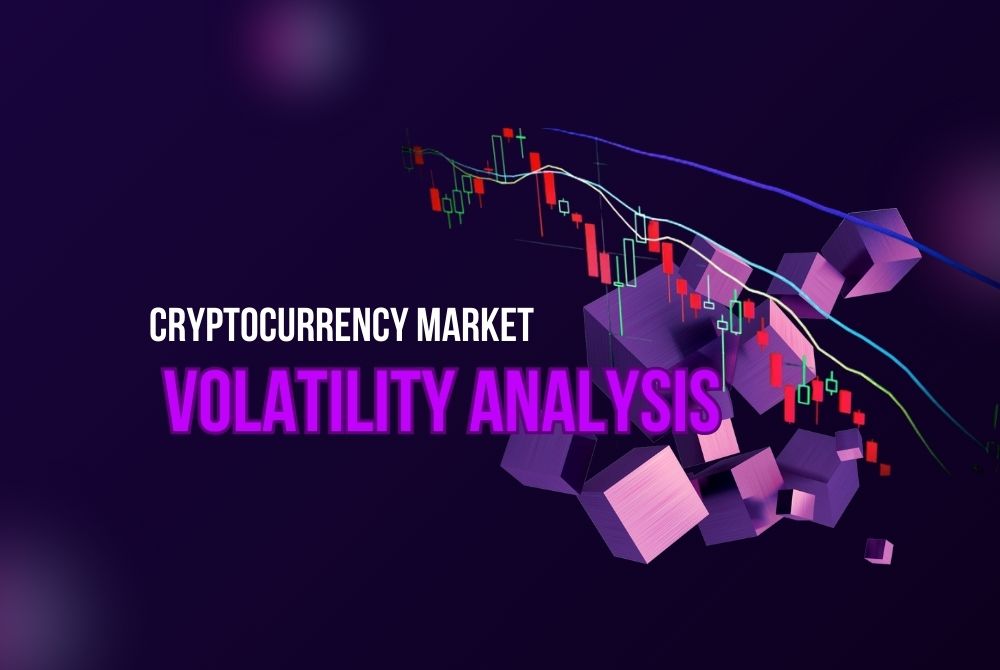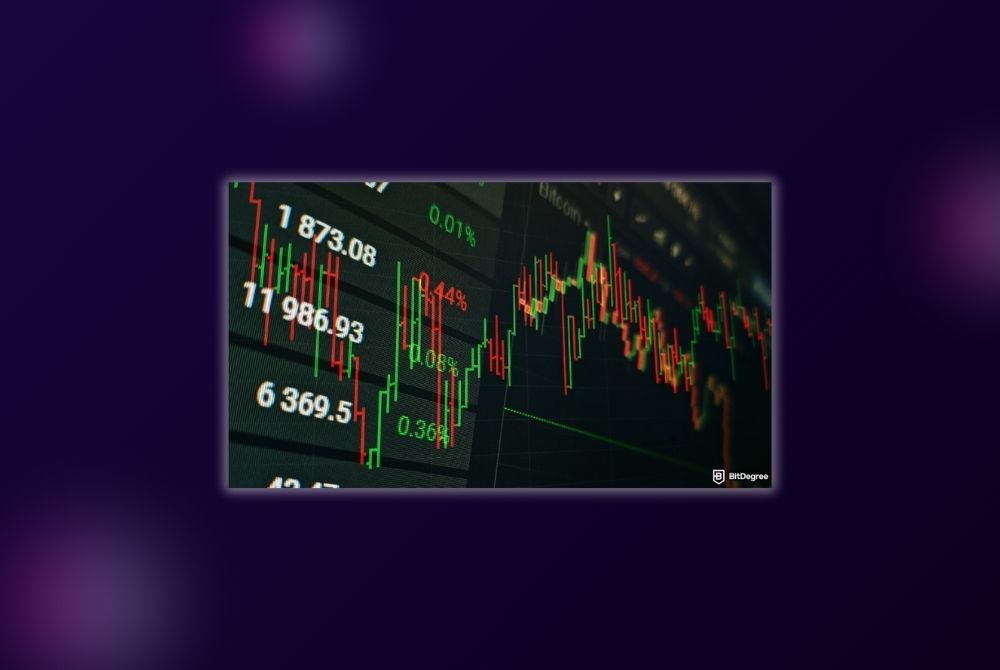The cryptocurrency market is known for its extreme volatility, with prices fluctuating drastically in short periods. Investors and traders must analyze market trends to make informed decisions and mitigate risks. Cryptocurrency market volatility analysis involves understanding the factors that drive price swings, including market sentiment, regulatory developments, technological advancements, and macroeconomic conditions.
As digital assets continue to evolve, recognizing volatility patterns can help investors seize profitable opportunities while managing potential losses. This article explores the key elements affecting cryptocurrency market volatility in 2025, along with strategies to navigate the unpredictable nature of digital assets.
What Drives Cryptocurrency Market Volatility?

The price of cryptocurrencies is influenced by a variety of factors that contribute to market volatility. One of the most significant drivers is investor sentiment. Unlike traditional financial markets, the crypto space is highly reactive to news, social media trends, and influential figures such as Elon Musk or major institutional investors.
Regulatory developments also play a crucial role in shaping cryptocurrency market volatility analysis. Announcements of government regulations, restrictions, or bans can trigger sharp declines, while positive regulatory frameworks can boost confidence and drive prices higher. The uncertainty surrounding regulatory decisions creates an unpredictable environment for investors.
Another key factor is market liquidity. Cryptocurrencies with lower trading volumes are more prone to price swings due to the impact of large buy or sell orders. High liquidity assets such as Bitcoin and Ethereum tend to be more stable compared to smaller altcoins.
Analyzing Market Trends in 2025
Understanding the latest trends is essential for effective cryptocurrency market volatility analysis. One emerging trend is the growing adoption of decentralized finance (DeFi). The expansion of DeFi platforms contributes to increased market activity, driving both growth and volatility. The integration of traditional finance with blockchain technology is expected to shape market dynamics in the coming years.
Institutional involvement in cryptocurrencies is another critical trend. More hedge funds, banks, and corporations are allocating capital to digital assets, leading to higher market stability but also introducing new volatility patterns as institutional investors react to economic indicators.
The rise of meme coins and speculative trading continues to impact volatility. While projects like Dogecoin and Shiba Inu gain traction due to social media hype, their price movements remain unpredictable. Retail investors engaging in speculative trading create short-term surges and crashes, contributing to overall market fluctuations.
Strategies to Manage Volatility Risks
Investors looking to navigate the crypto space should adopt strategies to mitigate risks associated with price fluctuations. One of the most effective methods is portfolio diversification. By holding a mix of assets, including stablecoins, blue-chip cryptocurrencies, and growth-oriented altcoins, investors can reduce overall exposure to market downturns.
Using technical and fundamental analysis is another valuable approach. Cryptocurrency market volatility analysis can be enhanced by studying historical price charts, identifying support and resistance levels, and understanding blockchain project fundamentals. Staying informed about news and developments helps investors anticipate potential market shifts.
Stablecoins offer a hedge against volatility. Holding assets like USDT, USDC, or DAI provides liquidity and stability, allowing traders to exit volatile positions without converting to fiat currencies.
Long-term investment strategies such as dollar-cost averaging (DCA) can reduce the impact of short-term price swings. By consistently investing fixed amounts over time, investors can smooth out volatility and build their portfolios gradually.
The Role of Market Sentiment in Volatility
Market sentiment remains a crucial aspect of cryptocurrency market volatility analysis. Social media platforms, news articles, and influencer endorsements can lead to sudden price movements. The Fear and Greed Index, which tracks market emotions, provides insights into whether investors are overly optimistic or fearful.
FOMO (Fear of Missing Out) and panic selling often contribute to erratic price swings. When prices surge, retail investors rush to buy, driving further increases. Conversely, during market downturns, fear leads to panic selling, exacerbating losses. Recognizing these sentiment-driven patterns can help traders make rational decisions rather than emotional ones.
Macroeconomic Factors Affecting Crypto Volatility

Global economic conditions significantly impact cryptocurrency market volatility. Inflation rates, interest rate decisions by central banks, and geopolitical tensions influence investor confidence in digital assets. In times of economic uncertainty, cryptocurrencies are often viewed as alternative investments, leading to price surges.
The correlation between cryptocurrencies and traditional markets has been increasing. Events such as stock market crashes or monetary policy shifts can spill over into the crypto space, affecting price stability. Understanding these macroeconomic influences is crucial for effective cryptocurrency market volatility analysis.
Future Outlook: Will Volatility Continue in 2025?
As the crypto industry matures, questions arise regarding whether volatility will persist. Increased regulatory clarity, mainstream adoption, and advancements in blockchain technology may contribute to market stabilization. However, the inherent nature of digital assets suggests that volatility will remain a defining characteristic.
Upcoming developments in tokenization, blockchain scalability, and new financial instruments could introduce new volatility patterns. Innovations such as central bank digital currencies (CBDCs) and the integration of artificial intelligence in trading may further reshape market dynamics.
Cryptocurrency market volatility analysis is essential for traders and investors aiming to thrive in the dynamic digital asset space. By understanding the key factors driving price fluctuations, staying updated on market trends, and implementing risk management strategies, investors can navigate the unpredictable nature of cryptocurrencies effectively.
While volatility presents challenges, it also creates opportunities for substantial gains. Embracing a disciplined investment approach, conducting thorough research, and utilizing analytical tools can help market participants make informed decisions in 2025 and beyond.
Keeping an eye on regulatory changes, institutional involvement, and macroeconomic influences will provide valuable insights into market movements. By adopting strategic planning and risk mitigation techniques, investors can position themselves for long-term success in the ever-evolving crypto landscape. To stay informed with detailed insights and the latest trends, don’t forget to follow the newest updates on MevX Trader.
